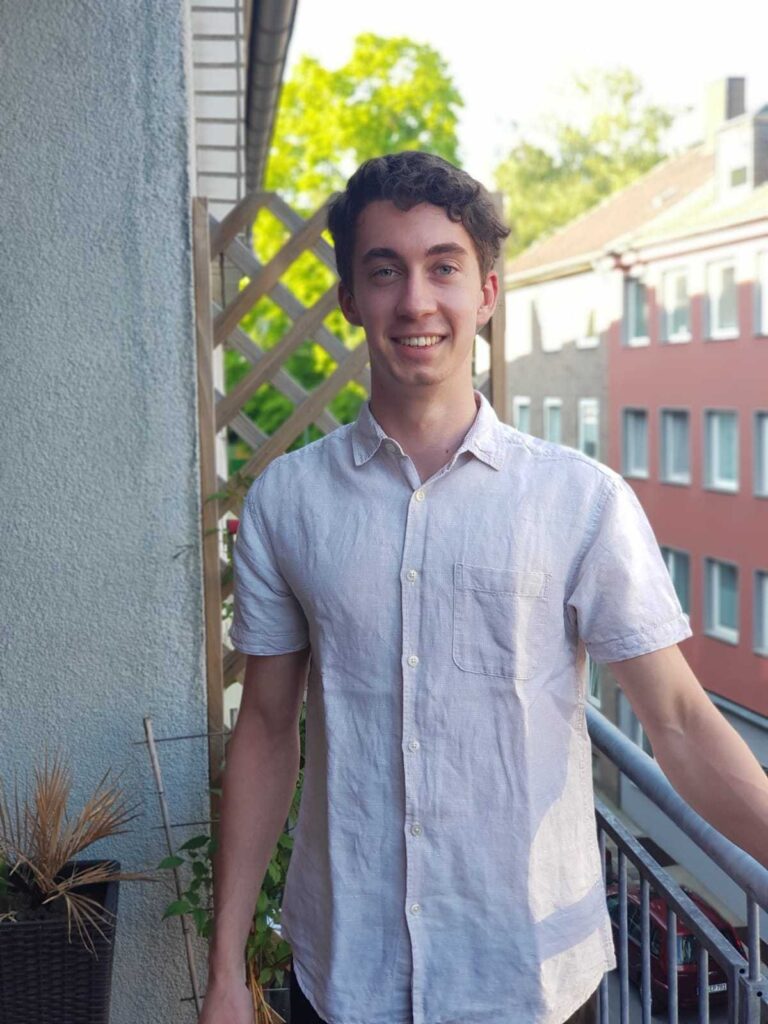 As every year, also in 2025 the DGK has awarded the Lieselotte-Templeton-Prize. One of the three winners this year was Daniel Brüx from the group of Florian Kleemiß at the RWTH Aachen University, who was recognised for his Master Thesis.
As every year, also in 2025 the DGK has awarded the Lieselotte-Templeton-Prize. One of the three winners this year was Daniel Brüx from the group of Florian Kleemiß at the RWTH Aachen University, who was recognised for his Master Thesis.
Daniel’s first contact with crystallography was during his bachelor thesis in the group of Ulli Englert, where he looked into coordination chemistry and halogen bond interactions of ditopic ligands. He stayed in crystallography for his Master Thesis and created an experimental benchmark database of the amino acids to determine the influence of the many options that are available in the quantum chemical software package ORCA. After finishing his studies with excellence in 2024 he decided to remain in the group of Florian Kleemiß for a PhD project.
Brief Overview of the work
The work focused on identifying the most suitable quantum chemical methods for aspherical refinement in quantum crystallography, in the context of the Hirshfeld Atom Refinement, which relies on Hirshfeld’s partitioning scheme for atoms. Thirteen amino acids were therefore crystallised and measured at high quality to create a benchmark database that allowed the results of the aspherical refinement to be meaningfully compared. A wide range of quantum mechanical methods including various DFT functional classes and basis sets from different families as well as additional parameters that could be defined via the input of a quantum mechanical calculation were tested (in total 14,112 combinations). The results revealed a consistent trend, enabling the different methods to be ranked and providing insights into their effectiveness.
What was the biggest challenge you needed to overcome in your thesis?
One of the biggest challenges I faced during my work was managing the sheer volume of data produced. While the crystallization of amino acids itself was relatively straightforward, the data processing proved to be far more demanding. For each amino acid, I initially generated around 14,000 individual refinement results. Handling, organizing, and analysing such a large dataset required careful planning, automation, and computational resources. An additional challenge was presenting this complex data in a compact and comprehensible way. Each refinement result was characterized by multiple quality indicators, creating high-dimensional datasets.
What was your favourite part of this year’s DGK conference?
My favourite part of this year’s DGK conference was the opportunity to present some of my own research and receive feedback from crystallographers all over Germany. In connection to that, I also appreciated getting a comprehensive overview of the current landscape of crystallography in Germany — from fundamental research to more applied approaches. It was incredibly motivating to see how others approach their challenges with creativity and precision to achieve impressive results.